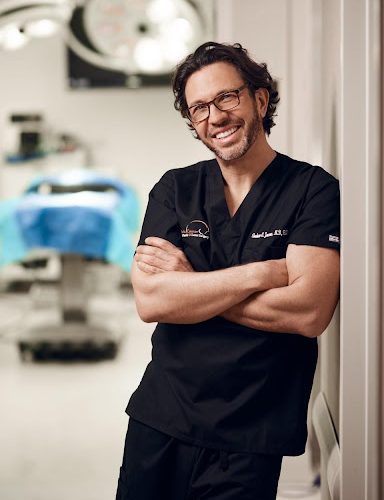Creating A Natural Look: Dr. Andrew A Jacono Explains How His Deep-Plane Facelift Technique Is Changing The Game
We’ve all seen them: tight, overfilled faces that are the result of poor cosmetic work. The unfortunate truth is that outcomes like these aren’t uncommon; most facelift techniques run the risk of producing results that appear, in one way or another, artificial.
The good news is that there are surgeons who have developed state-of-the-art techniques to avoid the pitfalls of more typical facelifts. Among the most striking of these pioneers is Dr. Andrew A Jacono, who has perfected a technique known as the deep-plane facelift. This particular surgery offers results that are not only natural, but incredibly long-lasting.
Table of Contents
What Is The Deep-Plane Difference?
A standard facelift tightens the face’s skin and a select portion of underlying muscle tissue. While this method can sometimes be effective, it more often than not makes people look “overdone”—in other words, like they’ve had some sort of aesthetic surgery.
Early in his career, Dr. Jacono noticed that his patients were unsatisfied with the more standard facelift approach, and set out to develop a technique that would afford his clients the most natural and stunning possible outcomes.
Thus, the deep-plane facelift was born. During surgery, only the area beneath the facial musculature is lifted, which, according to Dr. Andrew A Jacono, makes it effectively impossible for patients to look “tight” or “pulled.” In other words, clients emerge from the operating room looking just like themselves, but fifteen years younger.
Combating Tightness
The traditional facelift’s signature tightness doesn’t just look unnatural; it can also feel uncomfortable. Dr. Jacono’s deep-plane facelift resolves this discomfort by releasing ligaments that are tethered to the deeper layers of the face’s architecture, making it easier for the face itself to move and express. What’s more, releasing these ligaments eliminates particularly deep, hard-to-target wrinkles, including smile lines and crow’s feet.
Sharing His Knowledge
Dr. Jacono is always excited to share his new facelift technique, and has proudly presented his research at top medical institutions. After publishing a watershed deep-plane facelift study in the Aesthetic Surgery Journal, he demonstrated his technique at Yale University, Harvard University, Stanford University, and the University of Pennsylvania.
To date, Dr. Andrew A Jacono has performed more than 1,500 deep-plane facelifts and offered patients the absolute best in contemporary facial plastic surgery.
Who Is A Candidate For A Deep-Plane Facelift?
If you have loose face and neck skin, want to look more youthful, and are eligible for a standard facelift, you are also a candidate for a deep-plane facelift. Generally speaking, the ideal patient should be in good physical health, though if you do have underlying health conditions, there is no need to worry; you and your surgeon will discuss these prior to surgery.
If you are interested in learning more about the deep-plane facelift and whether it is a good fit, be sure to reach out to a board-certified facial plastic surgeon and schedule a consultation.

